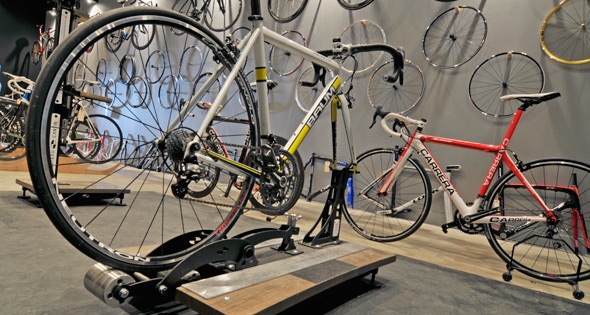Buying a new road bike is a wonderful experience, especially if it happens to be your first 'real' road bike purchase! But, amidst the smells of rubber, chain lubricant, and bike polish, there's also a waft of fear and trepidation in the air. Which bike is right for you, and just how much should you expect to pay for a decent road machine? We've spoken to a few newbies ourselves and came up with a list of questions you should ask when buying a new road bike...
Keep in mind, these are the questions you'd forget to ask and perhaps are also the more important ones to be aware of. Componentry choice and bar tape color are really irrelevant given that most bike purchases for beginner cyclists are based on price and not on componentry or bike weight.

Tip:
Fall In love with the bike shop first and then the bike. This is the store you will be returning to for servicing and advice!
RELATED: How to shop for the right bike shop
1. What componentry level should I opt for?
All bikes come in at certain price points, starting at around $1,000 and working their way upwards in increments of $500 at a time. With each bike price point comes a certain level of componentry which is generally a good indicator as to the quality of the bike. For example; a $3,800 bike is very likely to have a mid-range ensemble of shifting componentry (called a groupset).
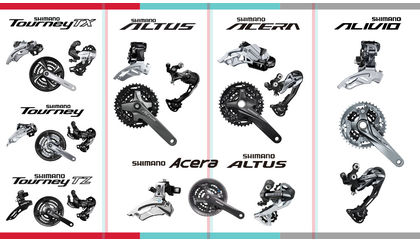
Ask your local shop what level of componentry they think you should be riding and listen to their answer closely. If you've said you're a beginner, then your sales assistant would no doubt suggest an entry-level groupset on your bike. They would then also keep your budget in mind (which you should make clear to them), and try to offer you the best bike for your buck.
If you've just started riding, opt for an entry-level groupset. As you develop, it is better to upgrade the whole bike rather than the groupset alone - that way, everything increases in quality, rather than an amazing groupset on a basic bike.
2. Should I choose a carbon or aluminum frame?

This is the question fueled more by marketing than anything else. There is absolutely nothing wrong with an aluminium frame, so if your budget dictates that, then so be it. However, if you want to upgrade to a carbon frame it might be more affordable than you think. Many brands are now offering carbon frames with entry-level componentry, allowing beginner riders a taste of the good life, while remaining within an affordable price range.
As an example, an aluminium framed entry-level bike may cost up to $1,7000, while a carbon fiber bike with entry-level components comes in at around $2,000 - so for an extra $300 you benefit from a more comfortable, lighter ride, and a slightly more responsive bike as well.
3. What servicing plan comes with the bike?
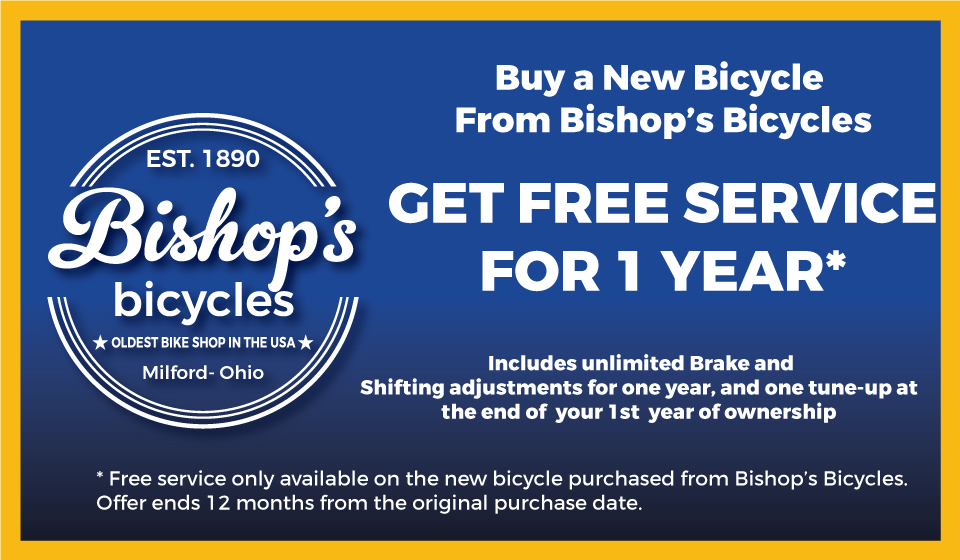
Asking your sales assistant what servicing plan comes with the bike is a good way to indicate your likelihood of buying the bike. So, basically, it might be worth asking this question near the end of your inquiries! But ask all the same, and be sure to get a firm answer. When you say "Does your store offer a free servicing plan?" you want to know that it's free and it's worthwhile! Most reputable stores will offer either 3 free services, or even a year of free services. The reality is, within a year you'll only be back there 3 times for a service anyway.
For your own good, use these services up! It's not a money making scheme, just your local store genuinely trying to look after you. They make sure your bike is maintained, which in the long run keeps their customers happy and makes the whole job easier.
4. Are you able to offer me a package deal?
You and your bike will need lots of accessories, so asking about a package deal is always a valid inquiry. If you've just started riding, you'll need to consider the following as absolute essentials:
You get the idea! Ask if your bike shop can offer you a package deal with all these items included. The benefit of this is that you'll receive much more competitive pricing, and you're also likely to have all these items fitted to your new bike for free. It saves you doing it at home, or purchasing these items over a period of weeks, one at a time. Save up and buy it in one go; it's cheaper and easier!
5. Will you fit me to the bike professionally?
There are 'bike fits' and then there are bike fits - the latter being the proper one that involves some degree of extensive knowledge, the former being a dodgy seat height estimate before booting you out the door.
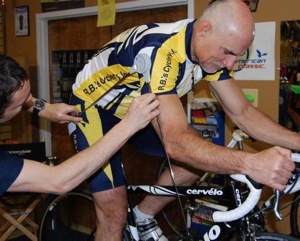
Always buy from a store that can offer you a professional bike fitting. These may not take long, spanning from 20 minutes up to around an hour. The key ingredient is the experience and knowledge to ensure that you'll be getting a proper bike fitting done. This ensures your bike is more comfortable and in turn will allow you to ride harder or longer and with less potential for injury. Best of all, if your fitting isn't correct, or you're experiencing discomfort, you can always drop back into your local shop for an adjustment...

Tip:
Ensure the bike you're sold is under your full name. This is important if you have to process any warranty claims in the future.
The most important part about buying a new bike is to have fun! Take a few bikes out for a test ride and enjoy the process. Once you decide which bike is right for you, go and test ride it again! A good method of instantly increasing your confidence is to take a cycling friend with you – don't let them do all the talking, though, just have them there just to listen, so you can discuss your opinions over a coffee later.
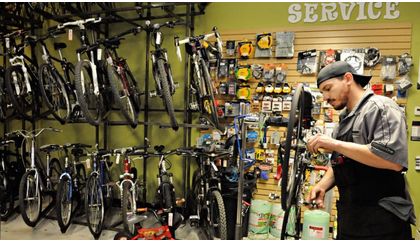
RELATED ARTICLE:
How to get faster and better service at a bike shops
Need your bike serviced ASAP? Or wondering if you can get a better price on that new saddle? BikeRoar has some great advice on how to get faster and better service at your local bike shop... READ MORE
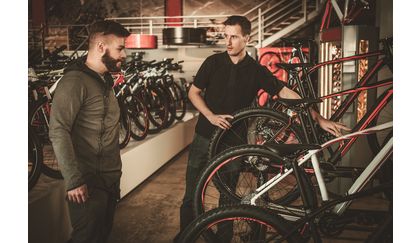
RELATED ARTICLE:
When is the best time of year to buy a bike?
Choosing your shopping season wisely can pay off with good deals on great bikes. We consider some of the factors that sway prices up or down, and collect insights from some shop owners. READ MORE
